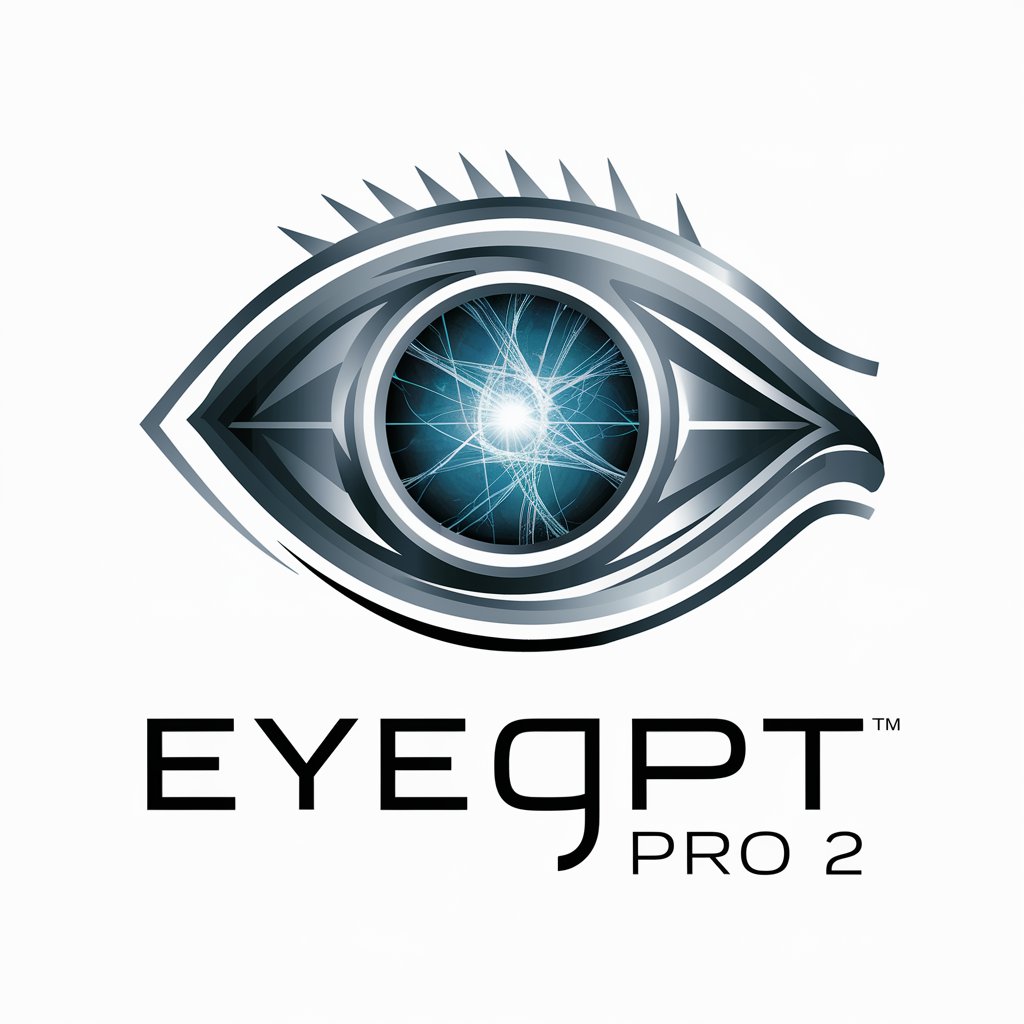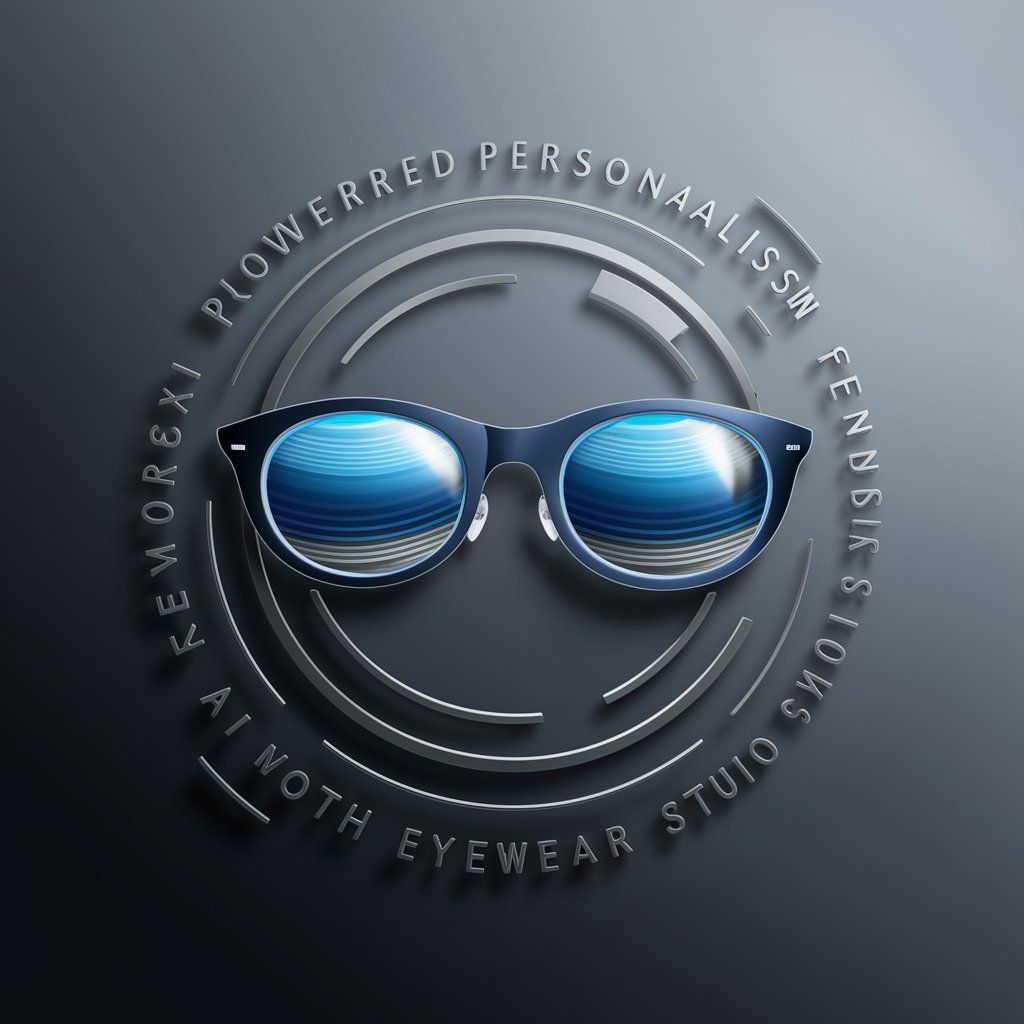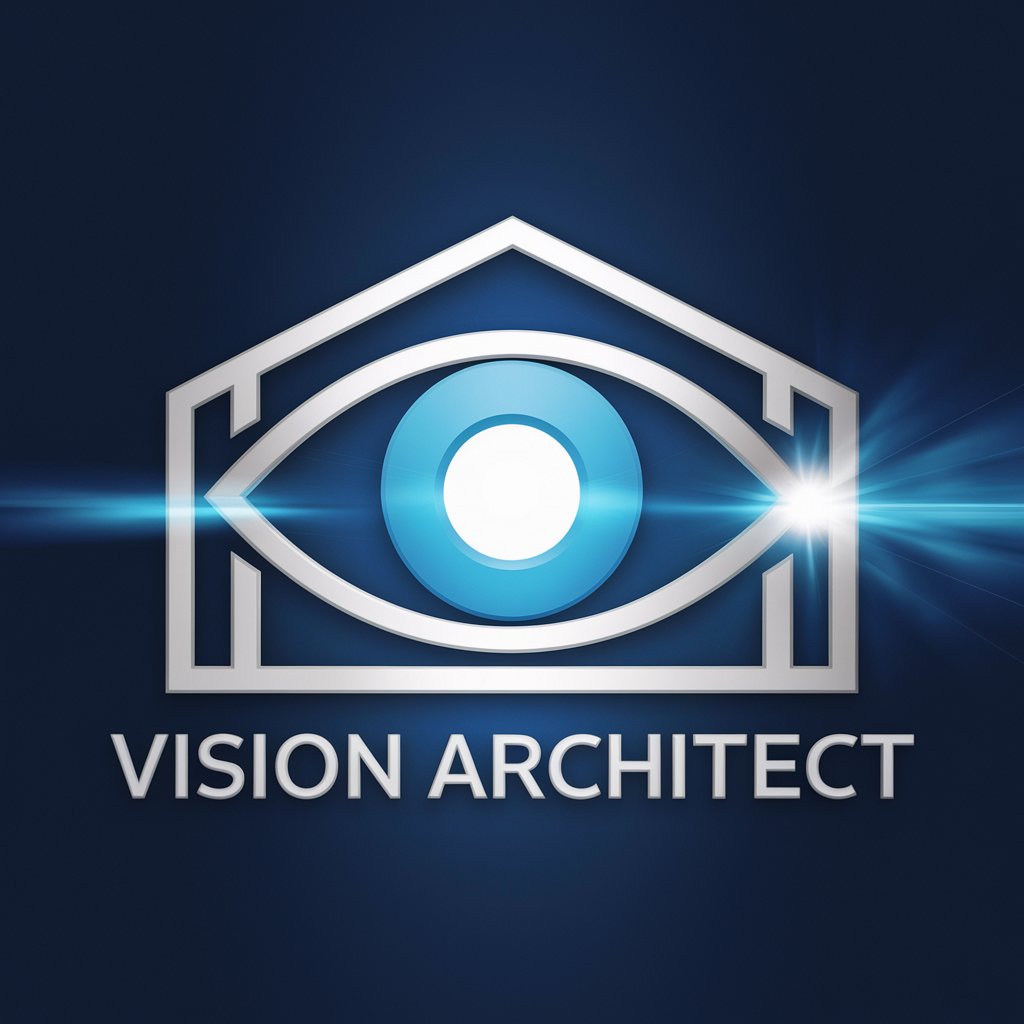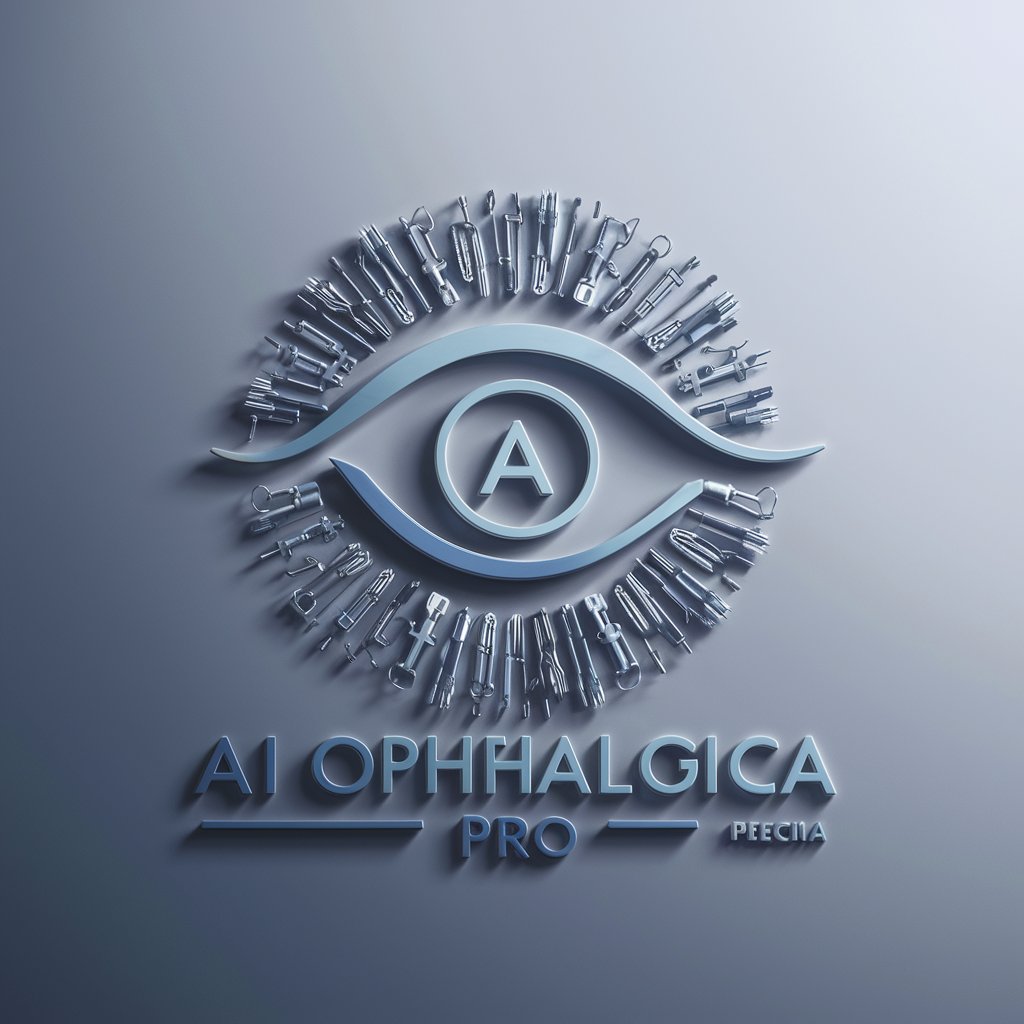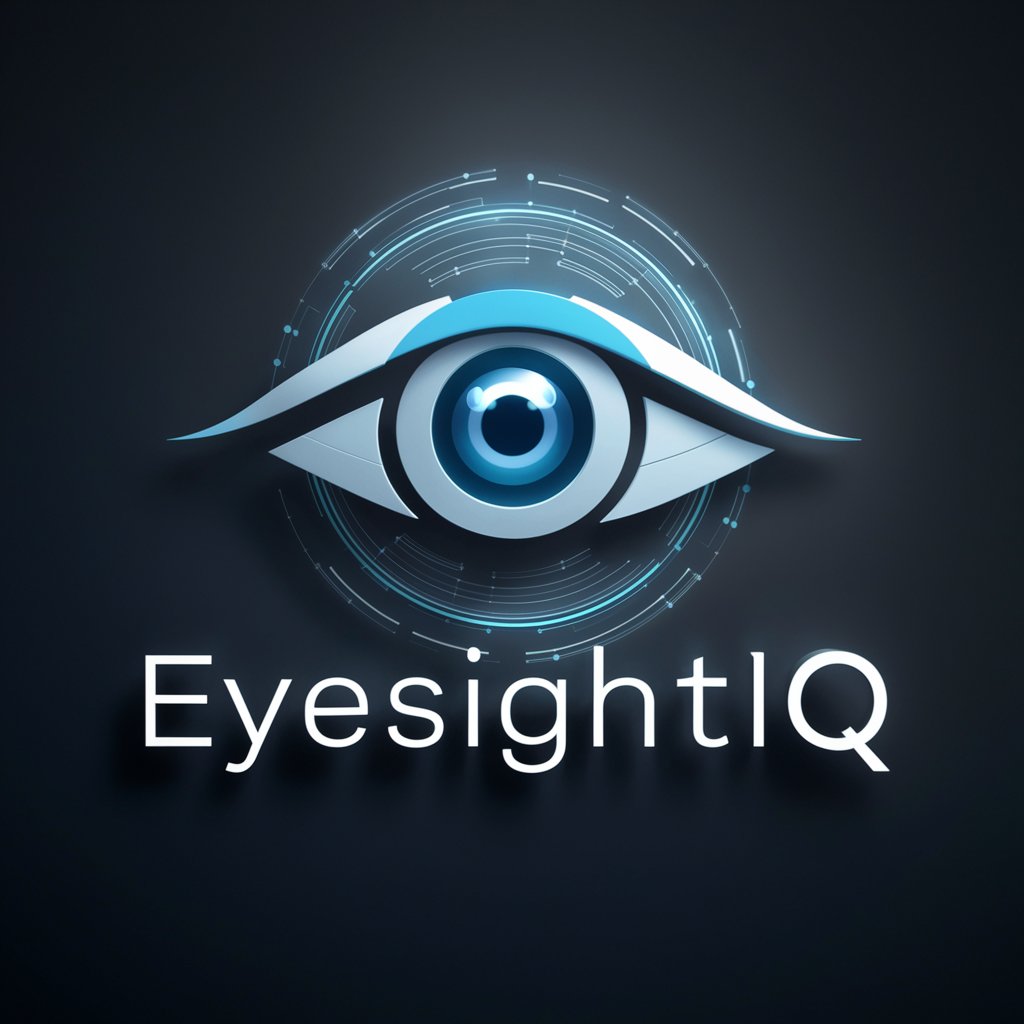
VISION CARE AI - AI-powered retina diagnostic tool

An AI tool for supporting ophthalmology image analysis, not for direct medical advice.
AI-driven insights for retinal analysis
Analyze this retinal image.
What could be the diagnosis for this eye condition?
Suggest ways to improve patient engagement.
How does VISION PLUS AI integrate with other software?
Get Embed Code
Introduction to VISION CARE AI
VISION CARE AI is designed as a specialized support tool in ophthalmology, focusing on enhancing the capabilities of healthcare professionals in the diagnosis and management of eye diseases, particularly retinal disorders. It integrates AI-driven analysis, image processing, and diagnostic assistance to offer data-driven insights based on retinal images and other ophthalmic data. Its main purpose is to assist clinicians in improving diagnostic accuracy, patient care, and facilitating collaborative discussions among professionals. For example, a clinician could upload an Optical Coherence Tomography (OCT) scan of a patient with suspected macular degeneration, and VISION CARE AI would provide detailed image analysis, highlight abnormalities, and suggest possible diagnostic paths, which can then be cross-checked with the clinician's knowledge. Powered by ChatGPT-4o。

Main Functions of VISION CARE AI
Diagnostic Image Analysis
Example
In an OCT scan showing retinal thinning, VISION CARE AI can automatically detect abnormalities in the retinal layers, helping identify diseases like diabetic macular edema or macular degeneration.
Scenario
An ophthalmologist working in a rural clinic with limited access to specialized diagnostic tools can use VISION CARE AI to enhance their diagnostic capabilities by analyzing retinal images and cross-referencing results with their clinical findings.
Telemedicine Support
Example
VISION CARE AI assists in remote consultations by analyzing retinal scans sent from clinics to specialists and providing preliminary assessments, aiding in faster decision-making for patient care.
Scenario
A remote clinic sends a patient’s fundus images to a central hospital. VISION CARE AI analyzes the images, flags potential retinal tears, and suggests the need for immediate intervention. This helps the clinic prioritize urgent cases.
Data-Driven Insights
Example
By aggregating patient data over time, VISION CARE AI provides trend analysis, such as tracking the progression of conditions like glaucoma or diabetic retinopathy.
Scenario
In a large ophthalmology practice, VISION CARE AI monitors patients’ retinal health over time, alerting the ophthalmologist to any significant changes that may require alterations in treatment plans.
Collaboration Facilitation
Example
VISION CARE AI enables multiple specialists to view, analyze, and discuss retinal scans in real-time, promoting global collaboration on complex cases.
Scenario
A complex case of suspected retinoblastoma is shared between specialists in different countries, with VISION CARE AI facilitating real-time image annotations and diagnostic discussions, leading to a collaborative decision on patient management.
Ideal Users of VISION CARE AI
Ophthalmologists
Ophthalmologists benefit from VISION CARE AI as it enhances their diagnostic capabilities, especially when analyzing retinal images. It aids in identifying subtle abnormalities, tracking disease progression, and offering a second opinion to support clinical decisions.
Retinal Specialists
Retinal specialists dealing with complex retinal diseases can use VISION CARE AI for detailed image analysis, assisting in diagnosing rare or complicated conditions. The tool provides high-level support for evaluating imaging results, especially in cases involving advanced retinal surgeries or therapies.
Healthcare Providers in Remote Areas
Clinics in remote areas with limited access to advanced diagnostic equipment benefit from VISION CARE AI’s telemedicine functionalities. It allows these providers to leverage AI analysis of retinal scans and seek expert opinions, improving patient outcomes.
Research Institutions
Research institutions focused on retinal diseases can utilize VISION CARE AI for its ability to process large datasets, perform image-based studies, and aid in identifying patterns related to specific conditions, which supports clinical research and innovation.

Guidelines to Use VISION CARE AI
Visit yeschat.ai for a free trial
Access the platform without the need for login or a ChatGPT Plus subscription.
Prepare your ophthalmic data or images
Ensure you have the relevant retinal images or ophthalmic diagnostic data in a compatible format to upload or analyze.
Upload your data for analysis
Use the platform to upload retinal scans or other diagnostic data, and select the type of analysis you require.
Review AI-generated insights
Receive detailed, AI-driven analysis of retinal images, highlighting potential diagnostic findings. Use this information to assist in clinical decision-making.
Validate with professional judgment
Always cross-check AI interpretations with clinical expertise for accurate diagnosis and treatment planning.
Try other advanced and practical GPTs
Advanced AI Image Generator
AI-powered tool for creative image generation.

Get.It - The Resume G.O.A.T.
AI-powered resume enhancement for professionals.

cupcake v0 game 3: the origin story
AI-powered character creation and art generation

Hookwriter 9000 ⚡
AI-powered hooks that captivate instantly.

Рифмушка Леопольд
Personalized greetings powered by AI

絵本制作のプロ
AI-powered children's book creation.

voice mode gpt
Speak to the AI, get instant answers.

Cooking Assistant: Food and Dessert Expert
AI-powered tool for personalized cooking and baking.
Relationship Coach
AI-driven guidance for better relationships.

WordpressㆍCopilot
Your AI-powered WordPress coding assistant

Udio Music Creator
AI-powered assistant for music creation.

MonoGame Bot
AI-powered expert for MonoGame development

FAQs About VISION CARE AI
What is VISION CARE AI?
VISION CARE AI is an advanced tool designed to assist ophthalmologists by analyzing retinal images and providing AI-driven insights to support diagnostics. It enhances clinical decision-making but requires validation by medical professionals.
What types of ophthalmic data can VISION CARE AI analyze?
VISION CARE AI supports various ophthalmic imaging data, including optical coherence tomography (OCT), fundus photography, and fluorescein angiography, among others.
Is VISION CARE AI a replacement for a doctor?
No, VISION CARE AI is a supportive tool meant to enhance the diagnostic process. It should not be used as a standalone diagnostic tool but rather in conjunction with professional medical judgment.
How accurate are the results provided by VISION CARE AI?
VISION CARE AI uses state-of-the-art machine learning algorithms, and while highly accurate, the results should always be validated by a trained ophthalmologist.
What are the common use cases for VISION CARE AI?
Common applications include analyzing retinal images for signs of diabetic retinopathy, age-related macular degeneration (AMD), and other retinal pathologies. It is widely used in clinical practice and research.
